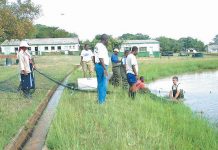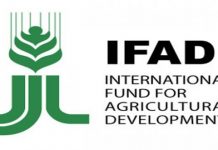[ad_1]
Wild-capture fisheries provide a critical source of nutritional and economic benefits to people worldwide. With coastal populations projected to grow by 35 percent in the next 20 years, the demand for fish will continue to increase and with it the need for the sustainable management of aquatic resources.
Stock status is a key parameter for evaluating the sustainability of fishery resources and developing corresponding management plans. While managers and policy-makers need information on the status of individual fish stocks to develop effective management strategies, determining the status and potential production of wild-capture fish stocks still remains a main challenge. The majority of stocks are not assessed, often as a result of insufficient data and a lack of resources needed to execute formal stock assessments.
The FAO Fisheries and Aquaculture Department has just released a study, Developing new approaches to global stock status assessment and fishery production potential of the seas, as an important step in investigating the performance of methods that can be used to estimate stock status. The document focuses on two approaches to estimating fisheries status: one based on single-stock status, and the other based on ecosystem production. The results are not intended to provide direct advice to motivate management measures on specific fisheries, but to give an indication of the health of fish stocks and their production potential.
[ad_2]
Source link




